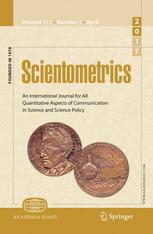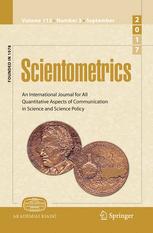Authors: Kousha K & Thelwall M
Comment: This article examines the comparison of coverage and citations by Microsoft Academic (MA) with the Book Citation Index (BKCI) and Google Scholar (GS). It showed that, while MA’s coverage for books is still not comprehensive, it is able to find more citations in some fields than the other two sources. In particular, it has greater coverage than BKCI for some Arts & Humanities fields (though in general it is still biased towards the technical fields). MA also seems less sensitive to book editions. MA’s comparison with GS gave mixed results, with one better than the other in different fields, suggesting them as having partly complementary coverage.
Abstract: Despite recent evidence that Microsoft Academic is an extensive source of citation counts for journal articles, it is not known if the same is true for academic books. This paper fills this gap by comparing citations to 16,463 books from 2013-2016 in the Book Citation Index (BKCI) against automatically extracted citations from Microsoft Academic and Google Books in 17 fields. About 60% of the BKCI books had records in Microsoft Academic, varying by year and field. Citation counts from Microsoft Academic were 1.5 to 3.6 times higher than from BKCI in nine subject areas across all years for books indexed by both. Microsoft Academic found more citations than BKCI because it indexes more scholarly publications and combines citations to different editions and chapters. In contrast, BKCI only found more citations than Microsoft Academic for books in three fields from 2013-2014. Microsoft Academic also found more citations than Google Books in six fields for all years. Thus, Microsoft Academic may be a useful source for the impact assessment of books when comprehensive coverage is not essential.
Kousha K, Thelwall M (2018) Can Microsoft Academic help to assess the citation impact of academic books? arXiv.org: arXiv:1808.01474v1.
Source: Can Microsoft Academic help to assess the citation impact of academic books?



